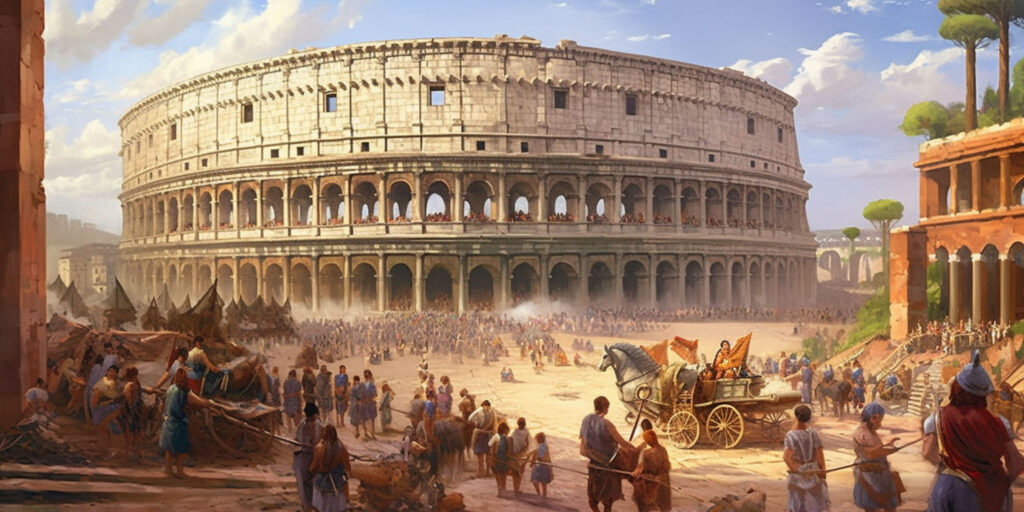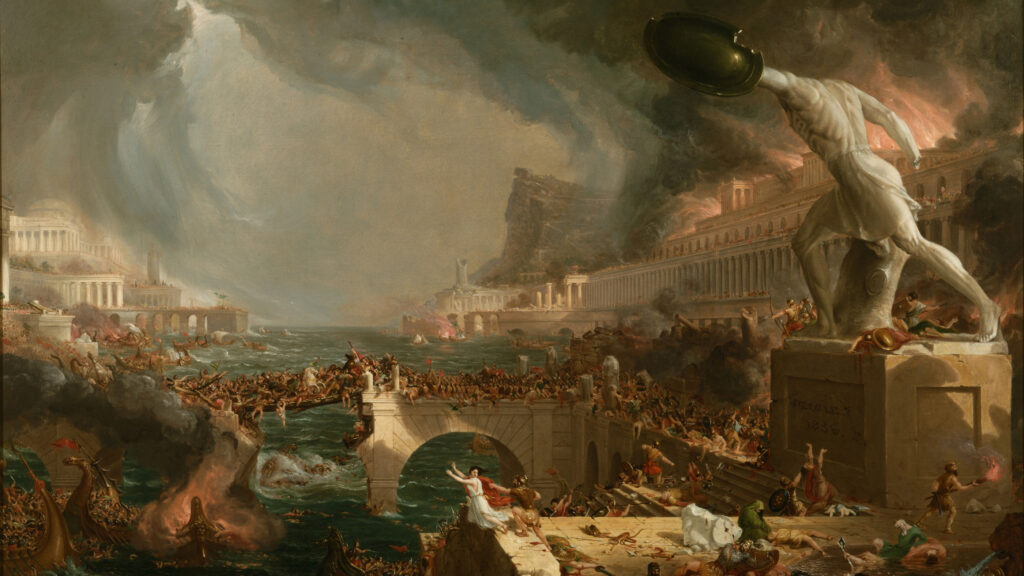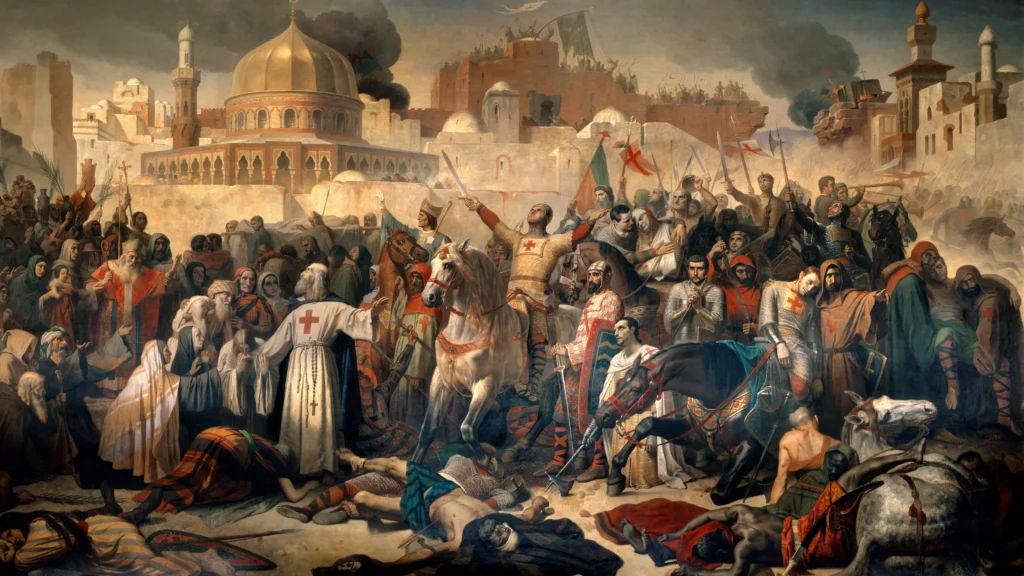
The Fall of the Berlin Wall: A Comprehensive Overview
Introduction
The fall of the Berlin Wall on November 9, 1989, was a pivotal event in world history, symbolizing the end of the Cold War and the collapse of communist regimes in Eastern Europe. This momentous occasion marked the beginning of German reunification and had far-reaching political, social, and economic implications. This article explores the origins, key events, and legacy of the Berlin Wall and its fall.
Origins of the Berlin Wall
Post-World War II Germany
The roots of the Berlin Wall can be traced back to the aftermath of World War II:
- Division of Germany: After Germany’s defeat in 1945, the country was divided into four occupation zones controlled by the United States, the Soviet Union, the United Kingdom, and France. Berlin, located deep within the Soviet zone, was also divided into four sectors.
- Cold War Tensions: The ideological and political differences between the Western Allies (U.S., UK, France) and the Soviet Union soon led to the Cold War, characterized by rivalry and mutual distrust.
The Creation of East and West Germany
The division of Germany solidified with the establishment of two separate states:
- West Germany (FRG): In 1949, the Western Allies merged their zones to form the Federal Republic of Germany (FRG), commonly known as West Germany, with a democratic government and a capitalist economy.
- East Germany (GDR): In response, the Soviet Union established the German Democratic Republic (GDR), or East Germany, with a communist government and a centrally planned economy.
Reasons for the Berlin Wall
The construction of the Berlin Wall was primarily motivated by the following factors:
- Mass Emigration: By the early 1960s, approximately 2.5 million East Germans had fled to West Germany through Berlin, seeking better economic opportunities and political freedom. This exodus threatened the stability and viability of East Germany.
- Political Control: The East German government, supported by the Soviet Union, sought to stem the flow of refugees and maintain control over its population.
Construction of the Berlin Wall
Initial Barriers
On August 13, 1961, the East German government began erecting barriers to seal off West Berlin:
- Barbed Wire and Barricades: Initially, barbed wire and makeshift barriers were put in place, quickly cutting off movement between East and West Berlin.
- Rapid Construction: The construction of a more permanent concrete wall began shortly afterward, involving thousands of soldiers and workers.
Evolution of the Wall
The Berlin Wall underwent several phases of development:
- First Generation: The initial wall was a simple concrete structure topped with barbed wire, but it was quickly improved to prevent escapes.
- Second and Third Generations: Subsequent versions included reinforced concrete panels, watchtowers, anti-vehicle trenches, and a “death strip” – a no-man’s-land patrolled by armed guards with orders to shoot escapees.
- Final Version: By the 1980s, the Berlin Wall had evolved into a formidable barrier, consisting of two parallel walls with a wide cleared area in between, equipped with various security measures.
Life in Divided Berlin
Impact on Berliners
The Berlin Wall had a profound impact on the daily lives of Berlin’s residents:
- Family Separation: The wall separated families and friends, creating a physical and emotional divide that lasted for nearly three decades.
- Economic Disparities: West Berlin, supported by substantial Western aid, developed into a prosperous city, while East Berlin lagged behind economically due to the inefficiencies of the planned economy.
Escape Attempts
Despite the dangers, many East Berliners attempted to escape to the West:
- Ingenious Methods: People used a variety of methods to escape, including tunnels, hot air balloons, hidden compartments in vehicles, and even flying contraptions.
- Tragic Consequences: Hundreds of people were killed or captured while attempting to cross the wall. Memorials and stories of these brave individuals serve as a testament to their determination for freedom.
The Path to the Fall of the Wall
Political Changes in the Soviet Union
The policies of Soviet leader Mikhail Gorbachev played a crucial role in the events leading to the fall of the Berlin Wall:
- Glasnost and Perestroika: Gorbachev’s policies of openness (glasnost) and restructuring (perestroika) aimed to reform the Soviet Union and reduce tensions with the West.
- Reduced Soviet Control: Gorbachev signaled a departure from the Brezhnev Doctrine, which had justified Soviet intervention in Eastern Europe. This change emboldened reform movements in the satellite states.
Growing Unrest in East Germany
By the late 1980s, dissatisfaction with the East German regime had reached a boiling point:
- Economic Problems: The East German economy was struggling, with shortages of consumer goods and poor living conditions.
- Political Repression: The regime’s strict control over political and personal freedoms fueled widespread discontent.
Mass Protests
Large-scale protests in East Germany signaled the beginning of the end for the Berlin Wall:
- Leipzig Demonstrations: Weekly demonstrations in Leipzig, known as the Monday Demonstrations, grew from a few hundred participants to hundreds of thousands, demanding political reforms and freedom of travel.
- Exodus via Hungary: In the summer of 1989, Hungary opened its border with Austria, allowing thousands of East Germans to escape to the West, further weakening the East German regime.
The Fall of the Berlin Wall
Immediate Events
The fall of the Berlin Wall was triggered by a combination of political missteps and public pressure:
- Press Conference Blunder: On November 9, 1989, East German official Günter Schabowski announced at a press conference that travel restrictions would be lifted. When asked when the new regulations would take effect, he mistakenly replied, “immediately, without delay.”
- Border Crossing: Thousands of East Berliners gathered at the border crossings, demanding to be let through. Overwhelmed and confused, the border guards eventually opened the gates, leading to jubilant scenes of Berliners from both sides celebrating together.
Symbolic Moments
The fall of the Berlin Wall was marked by several iconic moments:
- Celebrations: Berliners from East and West climbed the wall, danced, and chiseled away pieces of the hated barrier.
- Media Coverage: The events were broadcast worldwide, symbolizing the triumph of freedom and the end of the Cold War.
Impact and Legacy of the Fall of the Berlin Wall
German Reunification
The fall of the Berlin Wall paved the way for German reunification:
- Political Negotiations: In the months following the fall of the wall, negotiations between East and West Germany, along with the Allied powers, led to the unification of Germany on October 3, 1990.
- Economic Integration: The reunification process involved integrating the two vastly different economies, which posed significant challenges but ultimately led to a more prosperous and unified Germany.
End of the Cold War
The fall of the Berlin Wall marked the beginning of the end for the Cold War:
- Collapse of Communist Regimes: The events in Berlin inspired other Eastern European countries to overthrow their communist governments, leading to the dissolution of the Soviet Union in 1991.
- New World Order: The end of the Cold War ushered in a new era of international relations, characterized by the dominance of the United States and the spread of democratic ideals.
Cultural and Social Impact
The fall of the Berlin Wall had a profound cultural and social impact:
- Symbol of Freedom: The wall’s fall became a powerful symbol of freedom, democracy, and the human spirit’s triumph over oppression.
- Memorials and Remembrance: Today, sections of the Berlin Wall and numerous memorials commemorate the struggles and sacrifices of those who lived through the division and the joyous reunification.
Conclusion
The fall of the Berlin Wall was a defining moment in modern history, symbolizing the end of an era of division and the triumph of freedom over oppression. It paved the way for German reunification, the end of the Cold War, and significant political, social, and economic changes worldwide. Understanding the events leading up to and following the fall of the Berlin Wall is crucial to comprehending the broader historical context and the enduring legacy of this momentous occasion.






